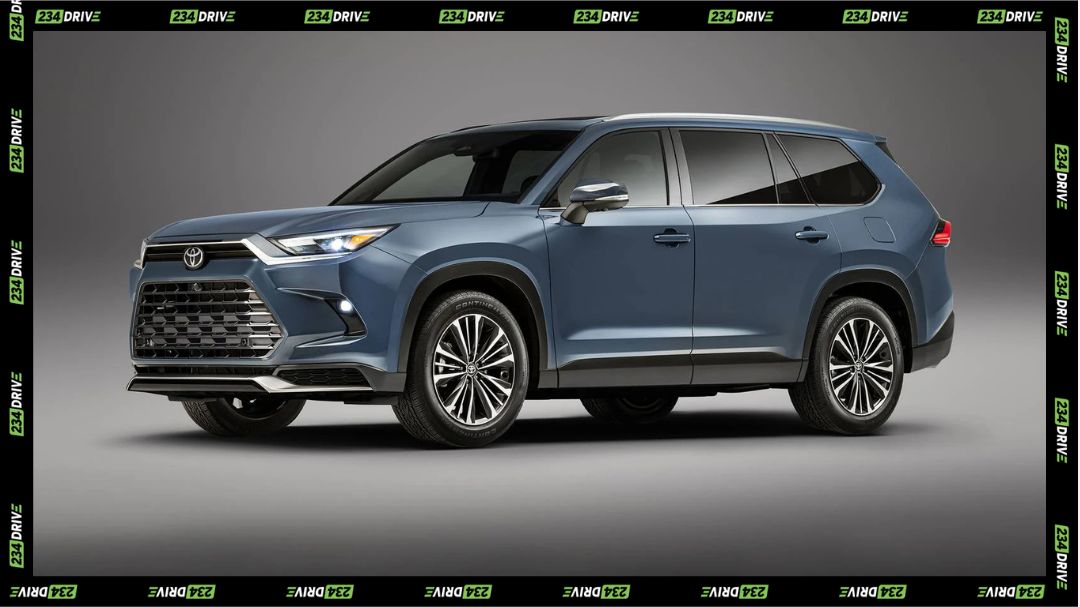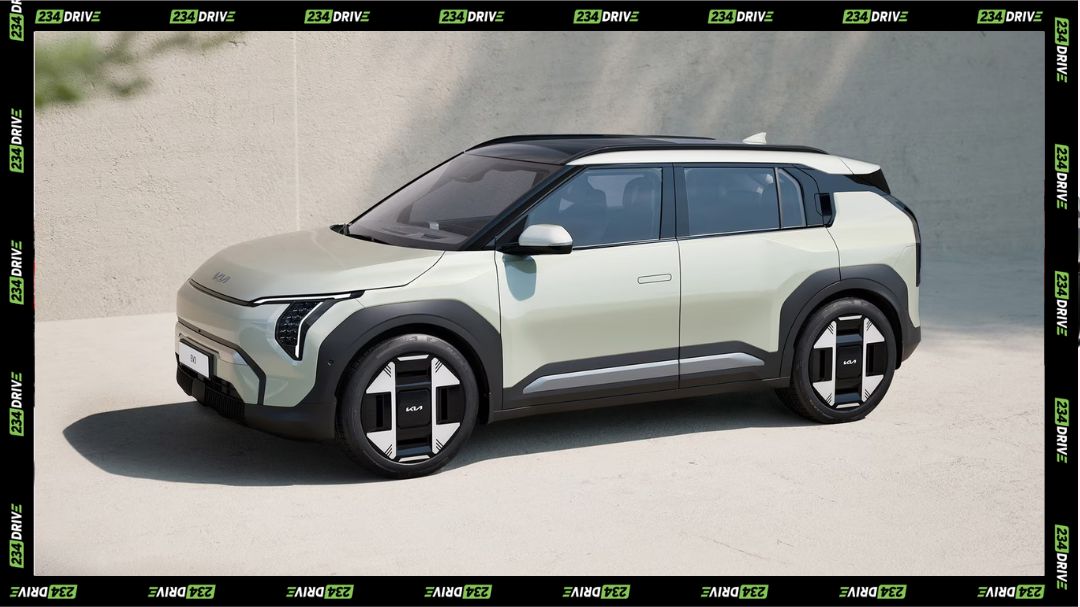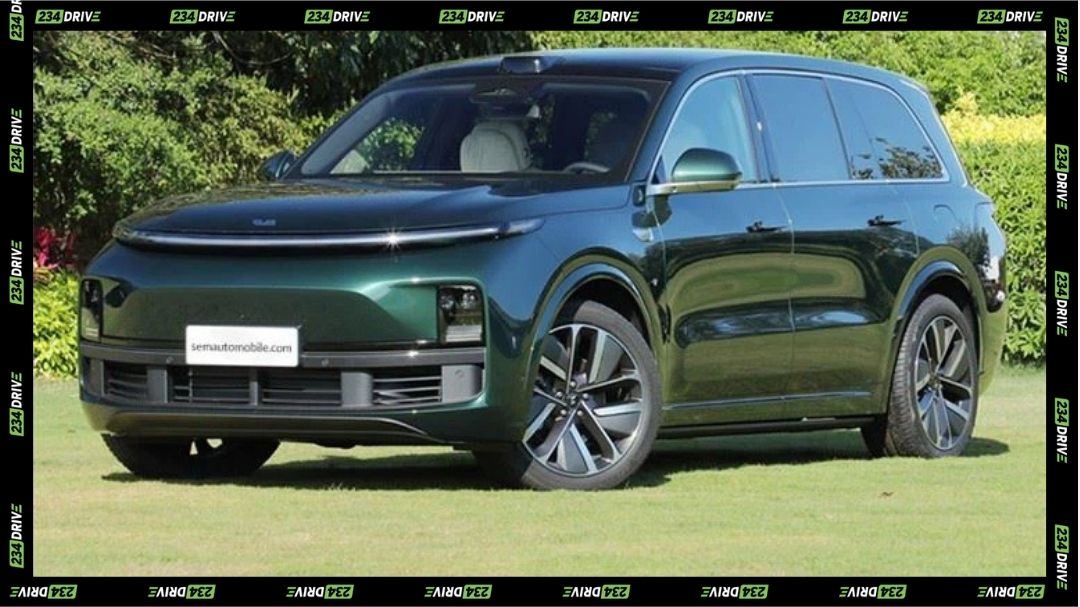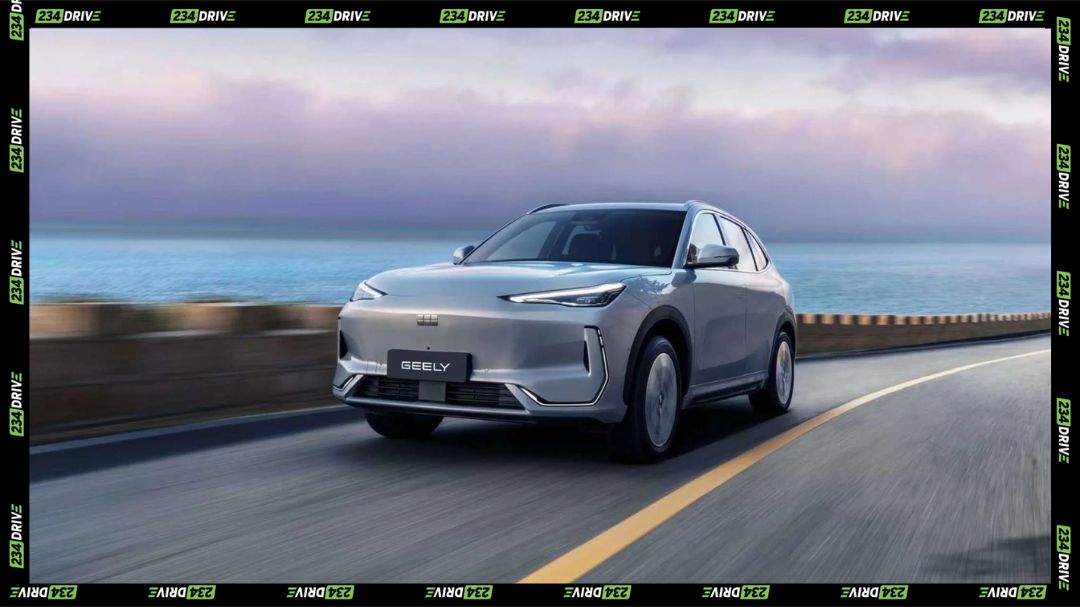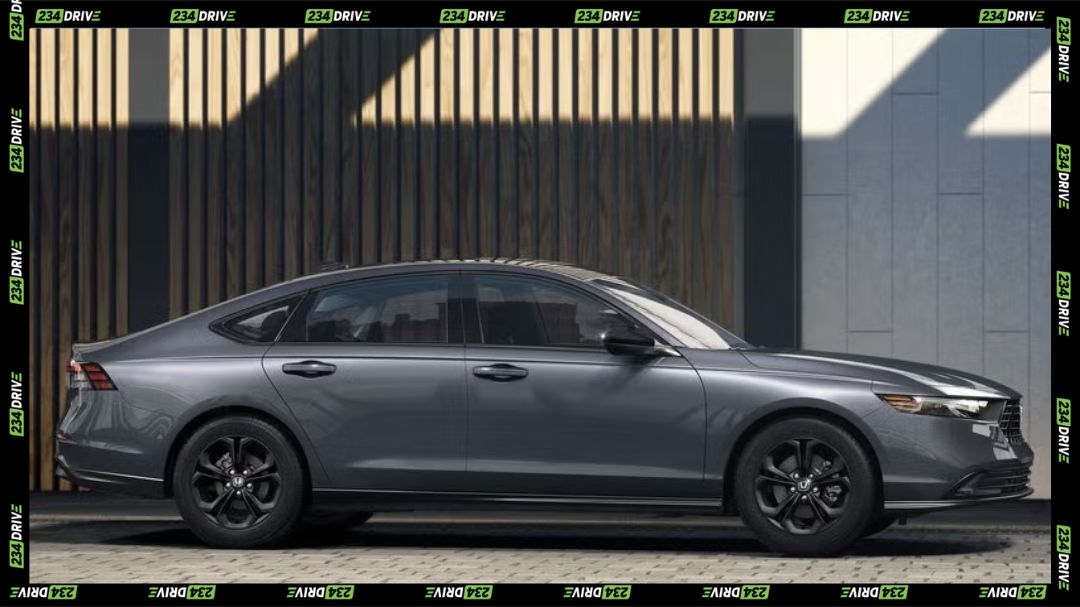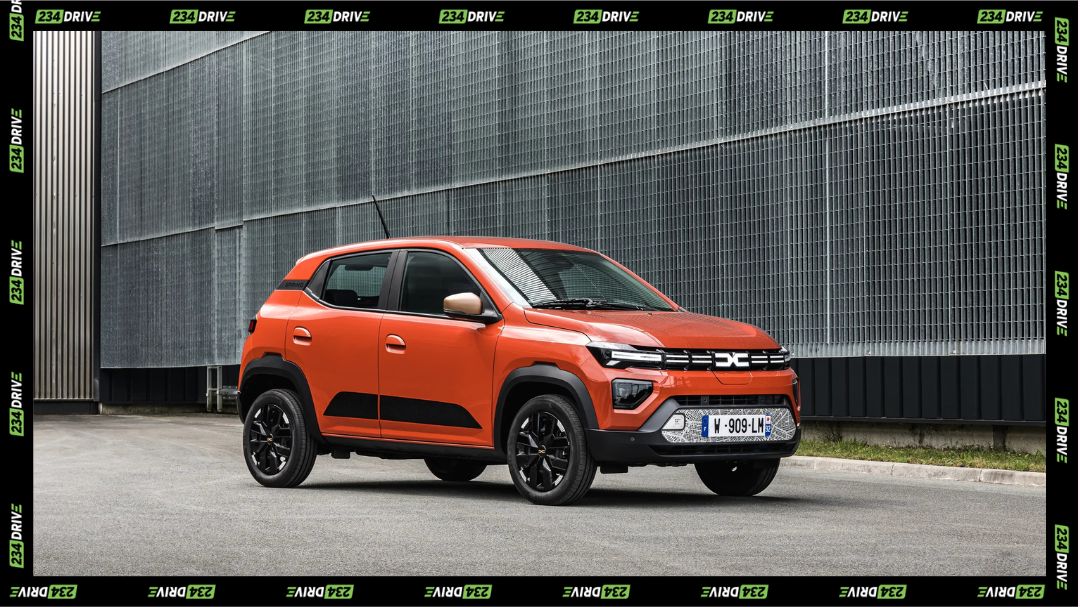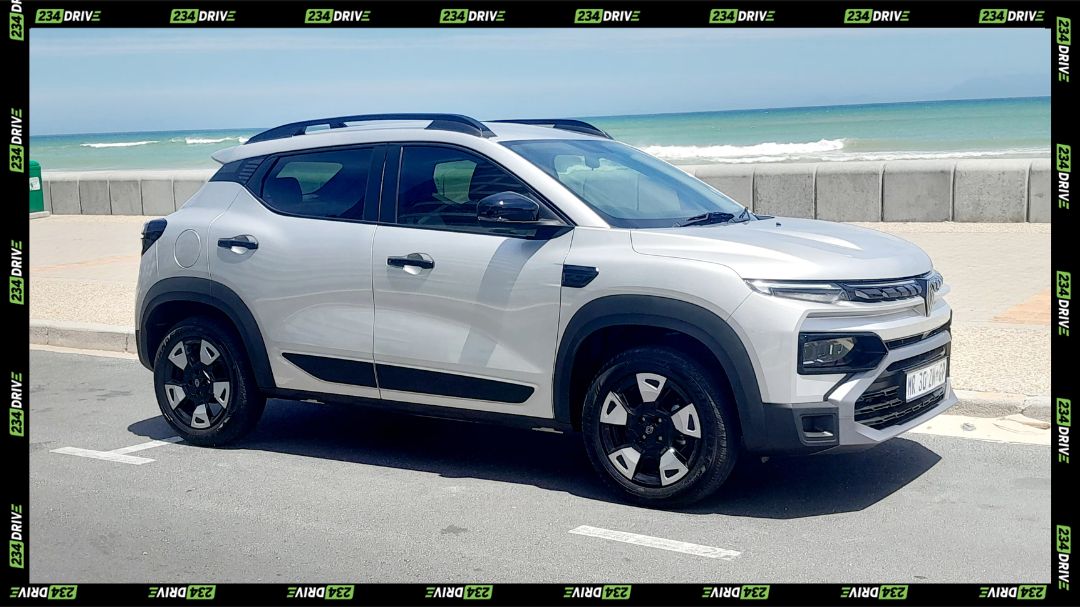Pickup trucks continue to play a crucial role in Nigeria’s automotive sector, powering commercial activities ranging from small market deliveries to large-scale construction. In 2025, affordability in this segment is primarily associated with used and tokunbo models priced under ₦5 million, as new imports like the Toyota Hilux are priced beyond ₦50 million. The most popular affordable trucks include mini pickups like the Daihatsu Hijet and Suzuki Carry, mid-sized options such as the Toyota Dyna and Mitsubishi L200, and larger workhorses like the Mitsubishi Canter. This article explores each of these models in detail, with attention to their styling, performance, year ranges, and relevance in Nigeria’s driving environment.
The Nigerian market shows strong demand for compact trucks due to their fuel efficiency and low entry prices, while businesses with heavier load needs turn to mid-range or larger pickups. Common year models seen on 2025 listings include Daihatsu Hijet (2004–2008), Suzuki Carry (1998–2010), Toyota Dyna 100 (2000–2010), Mitsubishi L200 (2013–2018), and Mitsubishi Canter (2010–2015 and later). Buyers face fluctuating costs depending on import status, regional location, and vehicle condition. Despite challenges, affordable pickup trucks remain vital tools for sustaining trade and services across the country.
Daihatsu Hijet
The Daihatsu Hijet stands out as one of Nigeria’s most popular mini pickups, particularly among small traders. Externally, it features a compact body with modest styling, narrow proportions, and small headlamps designed for tight urban streets. The year models most commonly listed in 2025 are 2004–2008, with Nigeria‑used 2004 units starting around ₦850,000 and cleaner tokunbo 2006–2008 examples advertised between ₦1.0 million and ₦1.25 million, depending on mileage and customs status.
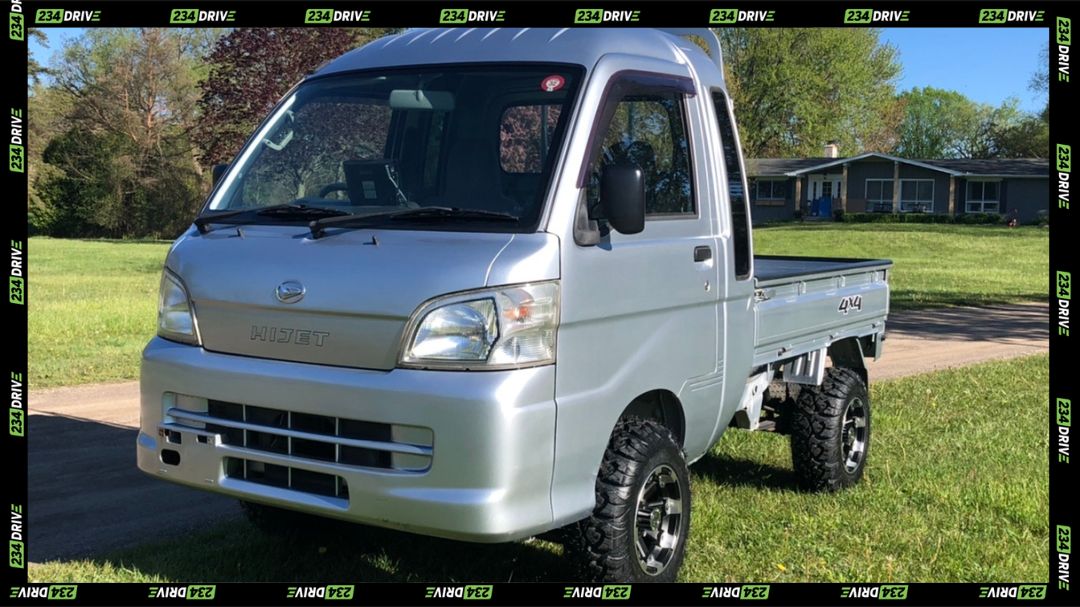
Inside, the Hijet is simple and functional, with a hard‑wearing cabin that tolerates daily commercial use. A 660cc three‑cylinder makes up to 64 horsepower and returns roughly 12–15 km per litre in light‑load city duty. Many imports include selectable 4WD and low gearing for the rainy season, but payload remains modest at about 350 kg, so it’s best for short, frequent drops rather than highway hauls. Current 2025 listings place most Hijets between ₦850,000 and ₦1.3 million overall.
Suzuki Carry
The Suzuki Carry is another mini pickup that appeals to budget‑conscious buyers. Its exterior is compact yet slightly more robust than the Hijet, with a broader flatbed and chunkier bumpers that cope well with kerbside loading. Typical year models on Nigerian marketplaces range from 1998 to 2010, with tokunbo listings beginning around ₦1.85 million and stretching toward ₦2.5 million for tidy late‑2000s examples or factory 4WD.
The cabin is basic but practical, offering straightforward switchgear and enough space for two adults on short hops. A 1.0L petrol four‑cylinder produces roughly 65 horsepower through a manual gearbox, delivering about 13–14 km per litre in mixed use. Compared to the Hijet, the Carry’s circa‑500 kg payload and available 4WD make it the more versatile choice for traders who split time between city centres and semi‑rural routes. Average prices in 2025 hover between ₦1.8 million and ₦2.5 million.
Toyota Dyna 100
The Toyota Dyna remains a staple light truck for Nigerian SMEs thanks to its rugged ladder frame and broad parts support. On the outside it presents a tougher stance and a longer bed than kei pickups, suiting builders, caterers, and farm supply runs. The most frequent year models offered locally are 2000–2010, with sound Nigeria‑used or tokunbo units generally priced between ₦2.7 million and ₦3.5 million, and occasional premium for double‑cab conversions.
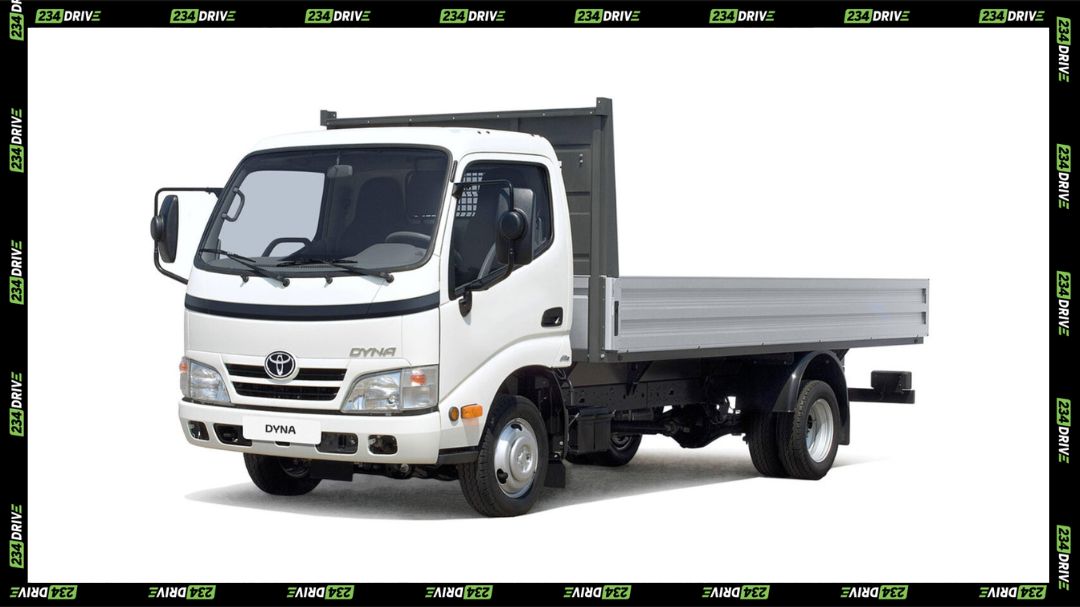
Inside, the Dyna provides a more spacious, upright cabin with simple, durable trim. The popular 2.0L 3Y petrol engine makes around 100 horsepower and comfortably hauls roughly 1,000 kg, while real‑world consumption sits near 10–11 km per litre when moderately loaded. It is neither the cheapest to run nor the most frugal, but long‑term reliability and strong resale values make it a banker for mid‑load operators. In 2025, most clean examples fall within the ₦2.7–3.8 million band.
Mitsubishi L200
The Mitsubishi L200 (Triton) bridges the gap between light trucks and lifestyle pickups with proper ground clearance, flared arches, and a tougher, more modern profile. In 2025, the affordable end of the used market revolves around 2013–2018 year models, typically advertised from about ₦2.49 million up to ₦4 million depending on condition, trim, and drivetrain.
Cabin quality takes a step up versus the minis, with better seats, air‑conditioning, and more safety kit in later years. The 2.4L diesel produces roughly 160 horsepower, and many Nigerian‑spec imports feature 4×4 with low range, allowing confident site access and rural work. Expect towing near two tonnes and sensible gearing for mixed terrain; factor in higher fuel and insurance costs relative to kei trucks. As of 2025, listings place the L200 consistently in the ₦2.5–4 million range.
Mitsubishi Canter Pickup
The Mitsubishi Canter serves businesses that need a sturdier platform for heavier payloads and body conversions. Its boxier cab‑over design maximises bed length and visibility, while reinforced suspension components handle frequent loading. Year models most commonly traded are 2010–2015, with later examples also appearing; prices for Nigeria‑used and tokunbo units generally span ₦2.5 million to ₦4.5 million based on body type and condition.
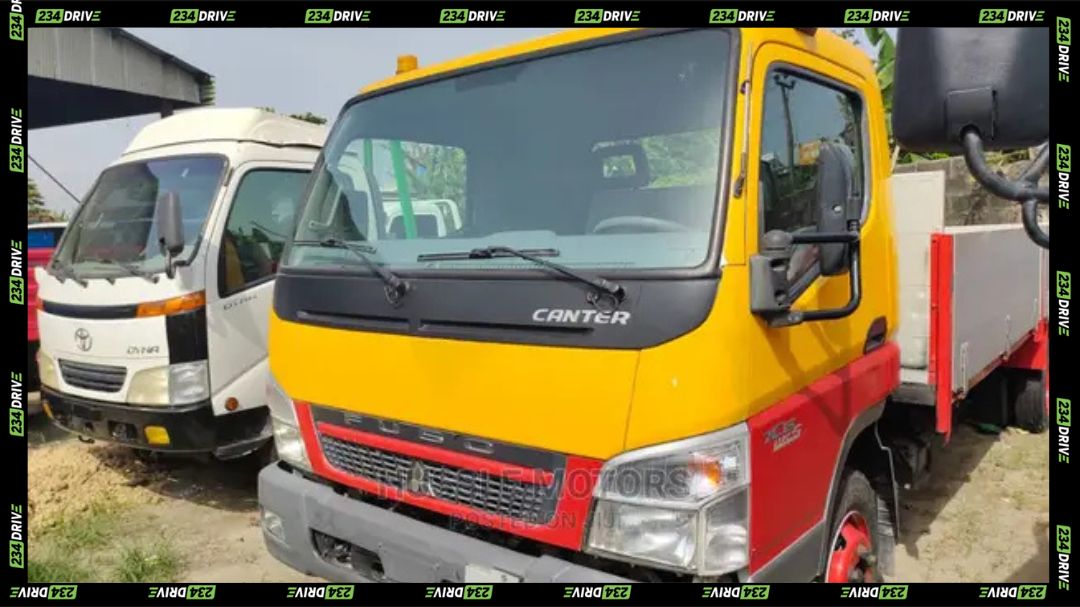
The cabin is purposeful, prioritising ergonomics for long shifts and frequent stop‑start work. Diesel engines between 3.0L and 4.0L deliver roughly 120–140 horsepower and enable payloads from about 1.5 to 3 tonnes. Economy sits around 8–10 km per litre, but durability and uptime are the reasons fleets choose the Canter for agriculture, wholesale distribution, and chilled‑van conversions. Current 2025 resale values keep most Canters in the ₦2.5–4.5 million window.
Why Pickup Trucks Work In Nigeria
These trucks fit seamlessly into Nigeria’s diverse driving conditions. Mini pickups such as the Hijet and Carry are ideal for city logistics where traffic, tight roads, and fuel costs dominate. The Dyna 100 balances affordability with stronger hauling capacity, making it popular among small construction firms. The L200 and Canter stand out in rural and industrial areas where heavy loads and rugged terrains demand more powerful engines and reinforced frames.
Nigeria’s hot climate, poor road conditions, and erratic fuel supply mean durability and efficiency are key. Toyota and Mitsubishi models retain better resale value and spare parts availability, while Daihatsu and Suzuki dominate the low-cost entry level.
Comparisons and Segment Rivals
In comparison to rivals, the Hijet and Carry dominate the affordability space, but cannot match the Dyna in load capacity or resale value. The L200, while more expensive, offers versatility and durability that smaller pickups lack. The Canter fills the gap for businesses that need reliable heavy-duty transport without the expense of brand-new imports like the Hilux or Ford Ranger.
Japanese brands dominate resale and spare parts access, giving Toyota and Mitsubishi an edge over Daihatsu and Suzuki. However, all five models continue to serve Nigeria’s logistics sector by providing affordable, adaptable solutions for businesses of varying sizes.
Conclusion
The 2025 Nigerian pickup truck market demonstrates the resilience of affordable used and tokunbo models. The Daihatsu Hijet (2004–2008) and Suzuki Carry (1998–2010) provide cost-effective solutions for small businesses, while the Toyota Dyna (2000–2010) ensures reliability and strong resale. The Mitsubishi L200 (2013–2018) offers rugged mid-size performance, and the Canter (2010+) serves heavy-duty operations at a fraction of the cost of new imports. Together, these pickups reflect how affordability and functionality shape vehicle choices in Nigeria, helping businesses thrive despite economic challenges.


